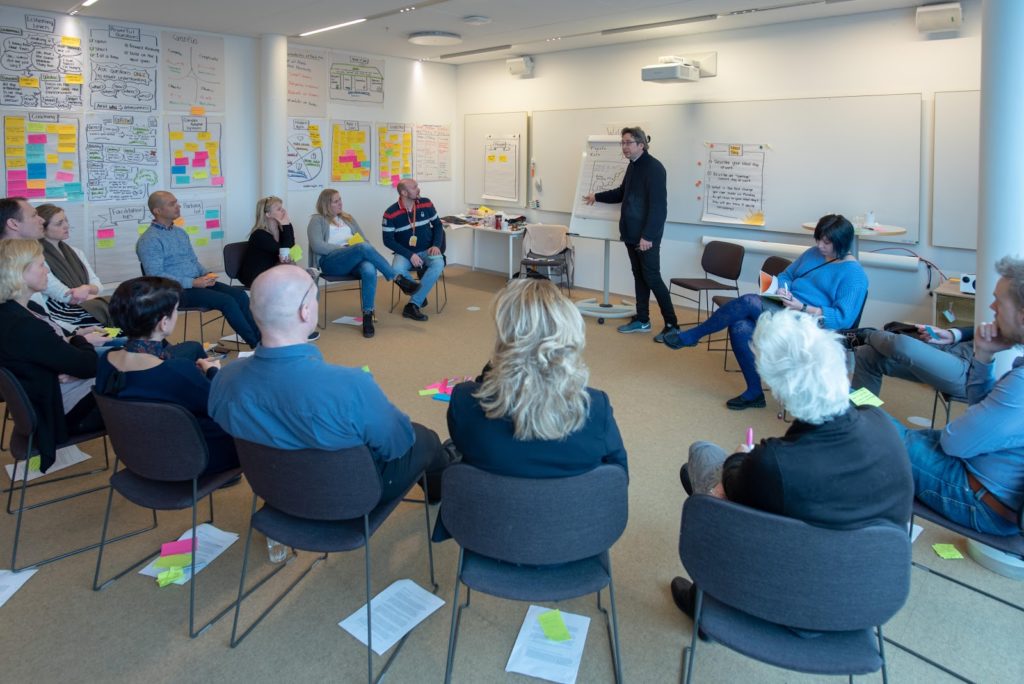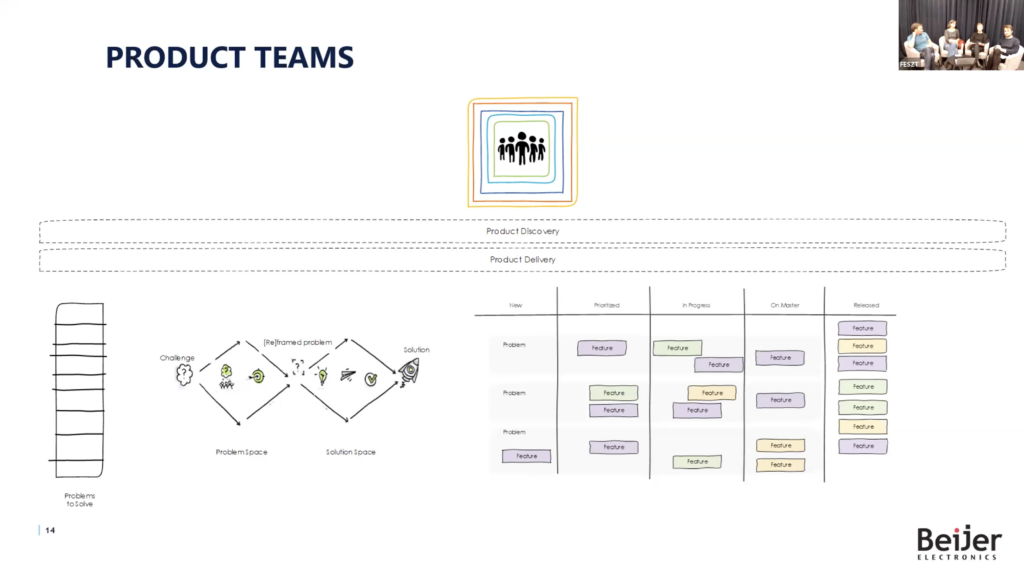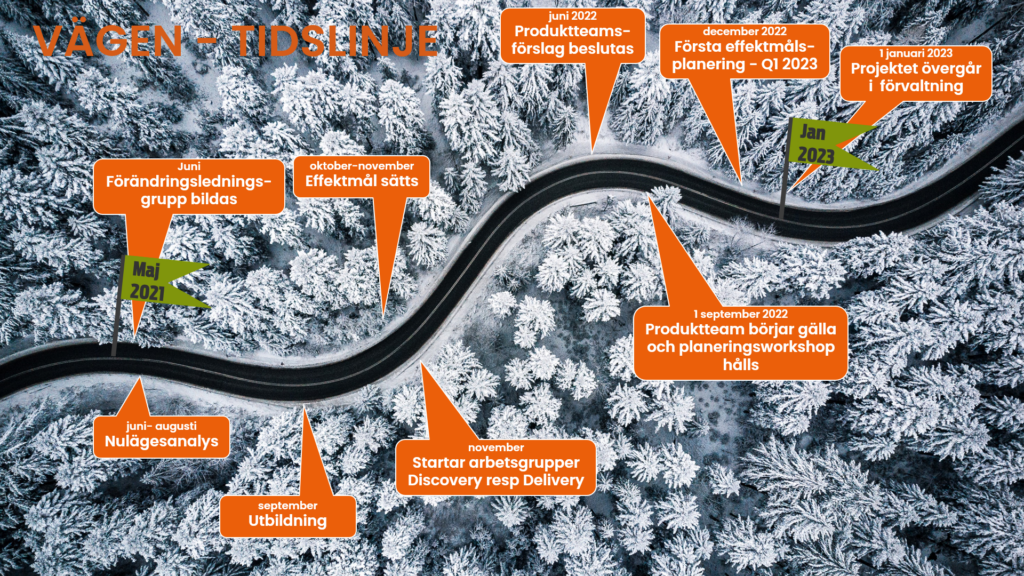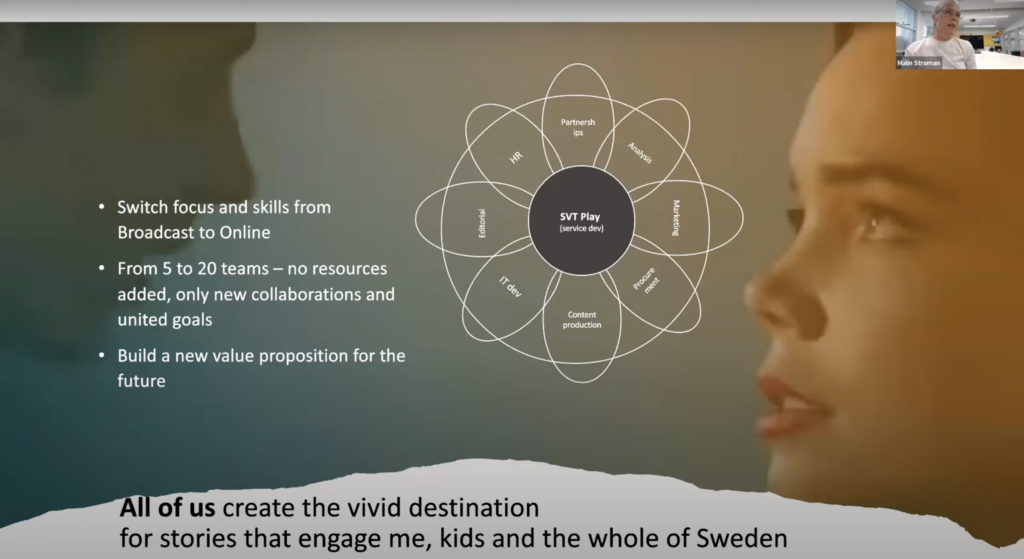Building a strong Agile Coaching Community – The Swedbank story

What can you do when the demand for Agile Coaching is increasing in your organization at a rapid pace and you cannot keep up? Implementing rigid models and frameworks will not work. You need a deeper knowledge of the underlying principles and patterns the models and frameworks are based on and how to effectively adapt them to your context. For this, you need highly skilled Agile Coaches. So how do you build your Agile Coaching muscles?
This is the story of how we helped build a highly-skilled internal Agile Coach community complemented with external expertise and mentoring at Swedbank.
“We need more coaches”
Like most big companies transitioning to an Agile way of working, Swedbank has a core group of Agile Coaches. These coaches help individuals, teams and whole departments when they need support. The value added by the core group of coaches created an even greater demand for coaching. That’s where the idea for the Agile Champions Program starts: a program to help individual Agile ambassadors grow into a community of Agile Coaches, or Agile Champions as they were called.
Why a program and not a course?
So before we get to the meat of the story, why did we choose to split a 5 day course over a couple of months as a program? A course can be a great experience but it is often like going to a great movie: when the movie ends, you are back to reality and nothing has changed. You may feel inspired but you have not really changed. Lasting change in mindset and behavior requires practice over time. That is, we need a program that lets the participants practice over time as they build a community.
Getting started
Participants submitted essays as part of the selection program explaining why they wanted to join and what they hoped to learn. We followed up with individual interviews to ensure that there was a match between the participant and the program. In these interviews we also explored possible change initiatives that provide an opportunity to continuously practice new skills and tools while adding value to the organization, what we called a “breakthrough project”
We gathered for the first meeting where we focused on establishing psychological safety and introducing the program. By the end of the two days participants had paired up in buddies and coached each other in articulating the goals for their breakthrough project. The group also created a knowledge map of the topics that we were going to cover during the program. We followed that up by introducing samples of each module of the program starting with a focus on individual and team coaching, followed by agile practices and organizational coaching.
Learning labs
A couple of weeks later, we kicked off the half day “learning labs”. A learning lab is a laboratory where the participants can share, learn and practice new skills in a safe to fail environment. Our first meeting was at a tennis court where the participants learned about how we learn, using Timothy Gallwey’s “Inner game of tennis” technique. The remaining learning labs covered topics such as “coaching teams”, “modern product development” and “organizational structures”. Between each learning lab, buddies met to practice coaching each other in setting their personal learning goals and progressing their breakthrough projects. Participants scheduled phone calls with us for mentor coaching sessions. Finally, an important complement to the learning labs were the assignments or “field work” which included video clips to watch and experiments to run.
We closed the learning labs by talking about ROI and how to measure progress. The participants filled out questionnaires with their project sponsor, and on the last day of the program they each presented what they had accomplished and learned.
Program results
The energy in the room on the last day of the program was electric. The smiles on the faces of the participants as they worked together to summarize what they’d learnt were contagious. The best part of any program is hearing what the participants felt and thought, and to see the positive ROI values reported by the participants and their sponsors.
A new community
We followed up the ROI presentation with an ideation facilitation to help the participants design ways to keep the community they had created alive. Throughout the program the participants had coached one another, they also created connections with people working at different locations and in different departments. In one case they paired up to help each other out in their breakthrough projects. Finally, they arranged a successful conference for sharing across the two programs the day before program ending. We took the work that they had started and facilitated a workshop to help them carry the community forward to future collaboration and information exchange.
Presentation of the certificates
Ending the day was bittersweet. We presented each participant with a certificate and a handshake or hug. They had each worked so hard and accomplished so much of what they had set out to do. In the process they had grown as individuals and as a group. They also taught us a lot about the material with their insightful and thoughtful questions, comments and reflections.
Feedback from the participants
- “I am a better facilitator, listener and coach”
- “A lot of insights, fresh ideas and knowledge”
- “I learned much more than expected, tools and techniques that help me in my daily work”
- “I have grown a lot in a short time”
- “I am encouraged to learn more”
- And our favorite: “I feel reborn”
ROI results
On a scale of -5 to +5 where 0 is a neutral return on investment. The program rated 2.6 based on the results the program had yielded so far, without including expected future returns.
What we learned
- Spacing out the learning labs provided the time needed for learning, definitely a plus in our books.
- Clear sponsorship is important. Each project should have a sponsor, and each participant should maintain contact with their sponsor throughout the program.
- Remote sessions work better with the right tools. If you don’t have access to the right tools, you should run sessions in person.
- It’s a lot of fun working with a motivated group of people!
Interested in learning more? Please reach out to us:
We can also read more about our internal training program for Agile Coaches.


